The Iron Ring of Castles, also called the Ring of Iron, is a chain of medieval fortresses constructed by King Edward I, otherwise known as Edward Longshanks, to subdue the native populations of North Wales.
The conquest of Wales, also referred to as the Edwardian Conquest of Wales first started in AD 1276 as a result of the Welsh Prince, Llywelyn ap Gruffudd’s refusal to pay homage to Edward, as per the Anglo-Cambrian terms of the Treaty of Montgomery. The conquest was also in response to Llywelyn’s advances to Eleanor de Montfort, daughter of Simon de Montfort, that would cement his links by marriage to English royalty.
After a series of skirmishes, Llywelyn surrendered and signed the Treaty of Aberconwy in November 1277, ensuring peace for Llywelyn’s subjects but limiting his rule to the lands west of the River Conwy, whilst lands to the east were granted to his brother Dafydd ap Gruffydd.
War broke out again in 1282, when Dafydd begun a rebellion in response to attempts to impose English law on Welsh subjects, and his discontentment over the lands granted by Edward.
Dafydd was joined by Llywelyn and several Welsh leaders, turning the conflict into a war for the national survival of Northern Wale’s autonomy, whilst for Edward it was now a war of conquest.
Edward launched a three-prong invasion, personally leading an army in North Wales, with his subordinates Roger Mortimer advancing through Central Wales, and Gilbert de Clare, 7th Earl of Gloucester (later replaced with William de Valence, Earl of Pembroke) in the south.
Although the Welsh had won several victories in their resistance, the pressure to repel multiple English armies was overwhelming. In December of that year, Llywelyn was killed at the Battle of Orewin Bridge, whilst his brother Dafydd was captured and executed in 1283.
Edward began to colonise the Welsh lands by constructing new English towns such as Flint, Aberystwyth and Rhuddlan, and commissioned an extensive castle-building project under the direction of the Master architect James of Saint George.
View full screen – Click Here
The castles made clear Edward’s intentions to dominate the north, with their construction drawing on influences from Europe and the Byzantine Empire, and aspects of castle planning that was first introduced in the crusades. Most castles had an integrated fortified town that acted as an outpost of England, for which the native Welsh were permitted to enter the town unarmed during the day but not to trade and were expelled at dusk.
The Iron Ring of Castles
1 : Flint Castle
Flint Castle was the first castle of the Iron Ring that was constructed between 1277–1284 in the present-day town of Flint in the county of Flintshire. The castle is based on the Savoyard model design and consisted of an inner ward with three large towers, a detached keep, an outer bailey, and a plantation town that developed into modern Flint.
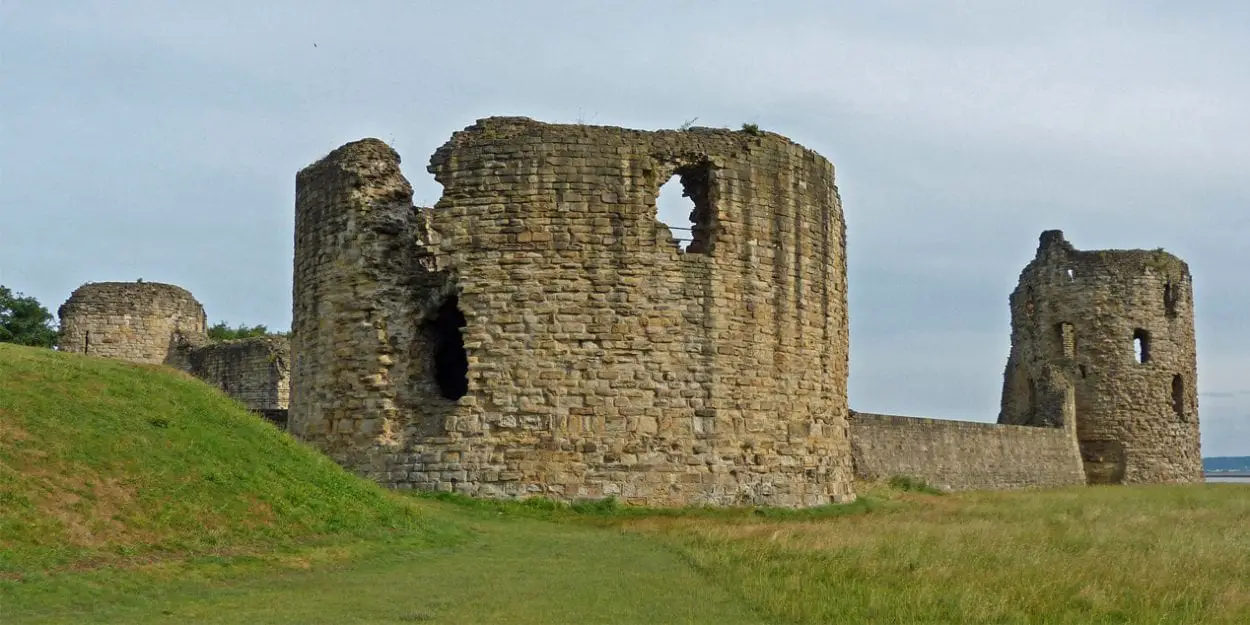
2 : Hawarden Castle
Hawarden Castle was constructed by Hugh Earl of Chester as an early Motte-and-bailey castle on a possible Iron Age fortification, located near the present-day village of Hawarden in the county of Clwyd. The castle was reinforced during the 13th century by Master James of St. George and consists of a motte containing a keep with an outer bailey.
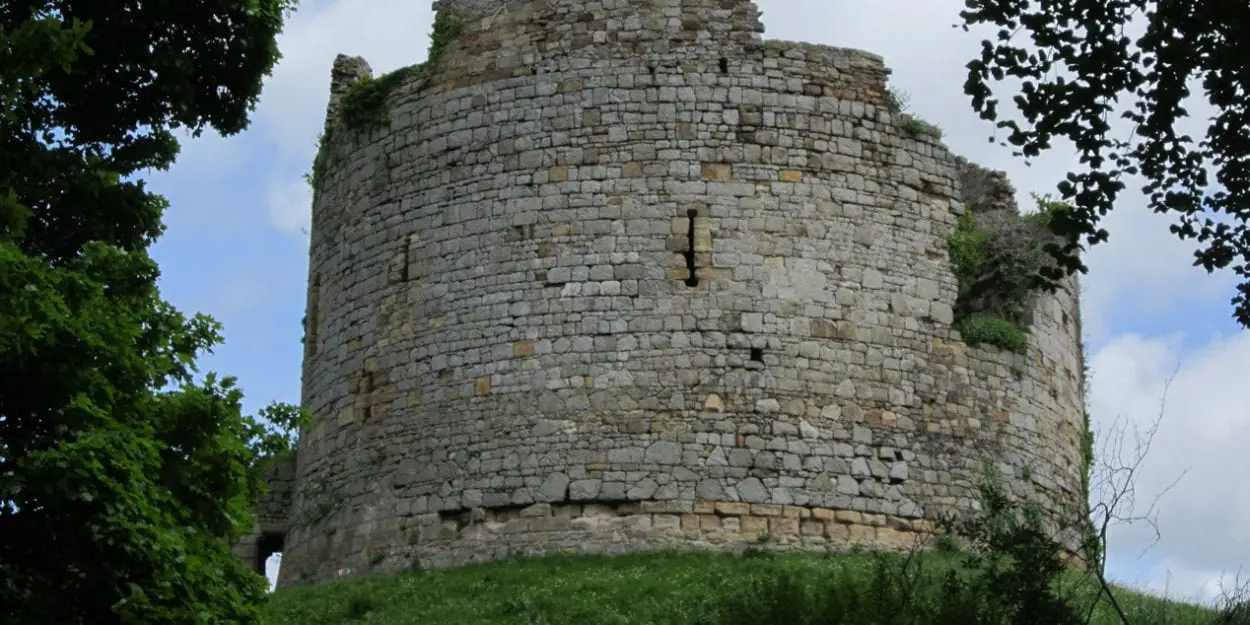
3 : Rhuddlan Castle
Rhuddlan Castle was constructed in 1277 by Master James of St. George, located in the present-day town of Rhuddlan in the county of Denbighshire. The castle was planned as a concentric castle with an inner ward containing a great hall, kitchens, private apartments, and a chapel, whilst an outer ward contained a granary, stables, and a smithy.
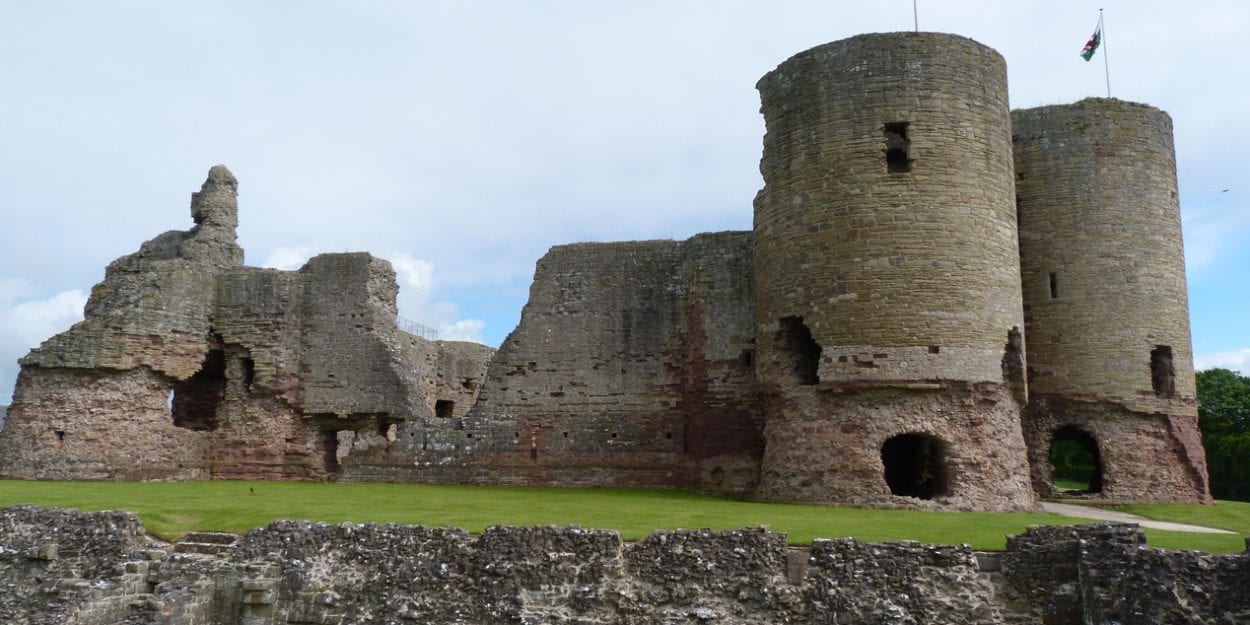
4 : Builth Castle
Builth Castle was constructed on the site of an existing Motte-and-bailey castle near present-day Builth Wells in the county of Powys. Construction of a stone castle started in 1277 and continued until August 1282, when the castle was left unfinished for lack of money.
5 : Aberystwyth Castle
Aberystwyth Castle was constructed on the site of an existing Motte-and-bailey castle by Marcher lord Gilbert de Clare in present-day Aberystwyth in the principle area of Ceredigion. Construction of a stone castle started in 1277 by Master James of St. George and consists of a concentric design with an inner and outer ward.

6 : Denbigh Castle
Denbigh Castle was constructed on the site of an earlier castle built by the Welsh prince Dafydd ap Gruffudd, in the present-day town of Denbigh in the county of Denbighshire. Henry created a new lordship to govern the district around Dinbych, which he renamed Denbigh and granted the lands to Henry de Lacy, the Earl of Lincoln to construct a castle and English colony. The castle consists of a large gatehouse, with a curtain wall and mural towers encircling an inner ward, whilst a connecting wall encircled the town.

7 : Caernarfon Castle
Caernarfon Castle was constructed on the site of an existing Motte-and-bailey castle in present-day Caernarfon in the county of Gwynedd. Construction of a stone castle started in 1283 by Master James of St. George, with the purpose of the castle and Edwardian town acting as the administrative centre of north Wales. The castle consists of a narrow enclosure roughly in the shape of a figure eight and was divided into an upper and lower ward. The upper ward was meant to contain royal accommodation, although this was never completed.

8 : Conwy Castle
Conwy Castle was constructed between 1283 and 1289 as part of a wider project to create the walled town of Conwy, located in the present-day Conwy County Borough. Construction of the castle was controlled by Sir John Bonvillars, and overseen by Master James of St. George, who designed a rectangular plan divided into an inner and outer ward with 8 large towers.

9 : Harlech Castle
Harlech Castle was constructed between 1282 and 1289 under the overall direction of Master James of St. George, at the present-day coastal resort of Harlech in the county of Gwynedd. The castle has a concentric design, with one line of defences enclosed by another, forming an inner and outer ward.
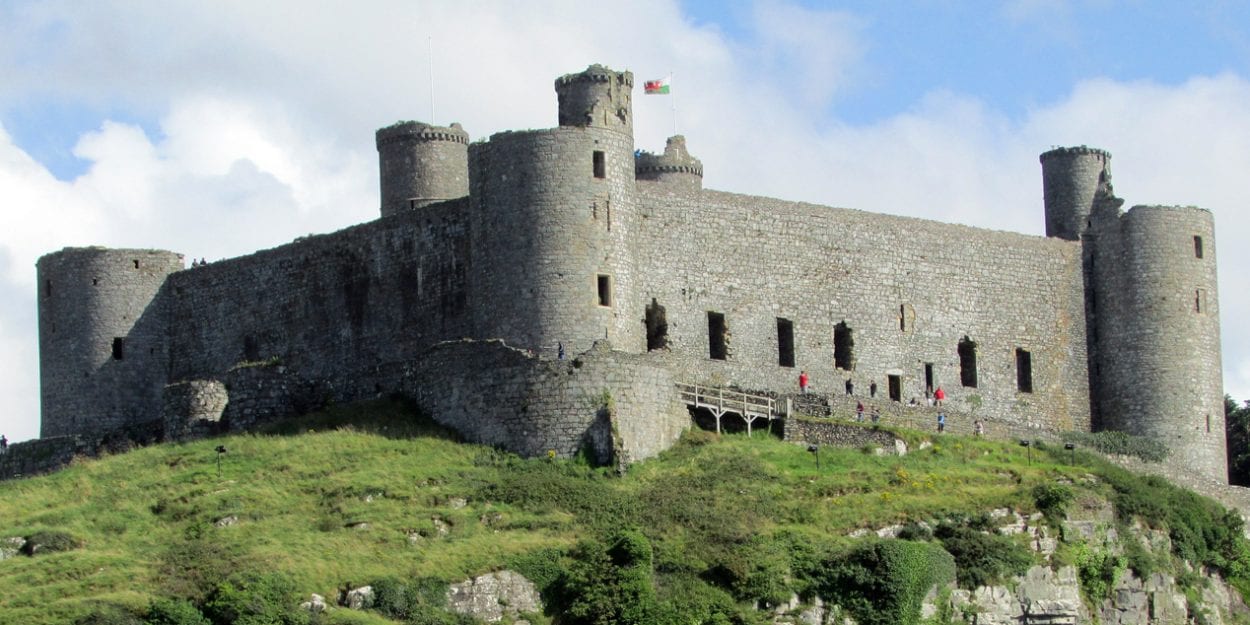
10 : Beaumaris Castle
Beaumaris Castle was constructed in 1295 under the overall direction of Master James of St. George, in the present-day town of Beaumaris on the Isle of Anglesey. Beaumaris Castle was never fully built, but had it been completed it would probably have closely resembled Harlech Castle with a concentric design with an inner and an outer ward.
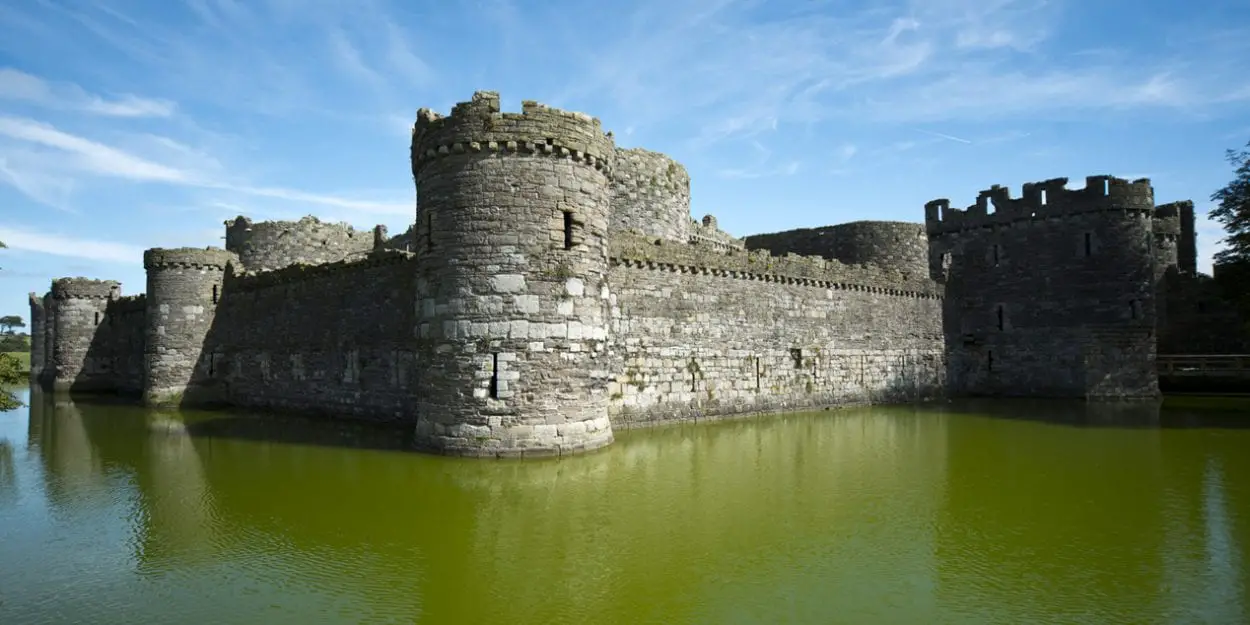
Header Image Credit : Ruben Holthuijsen – CC BY 2.0





